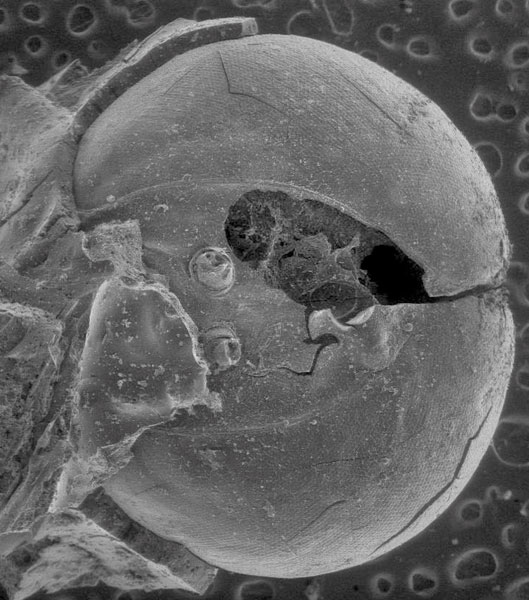Strata: Turkish Delight: Ancient Israelites Import Honeybees

The “land flowing with milk and honey,” it turns out, got their honeybees from Turkey.
Several years ago, Hebrew University archaeologist Amihai Mazar discovered a large industrial apiary (beehive installation) at Tel Rehov in the Jordan Valley.a The apiary had been destroyed in the late tenth or early ninth century B.C.E. The hives, which may have numbered as many as 200 and housed more than 2 million bees, produced honey on a large scale (as much as half a ton of honey per year) and yielded an abundance of beeswax that was used to make molds for casting weapons, statues and other metal objects.
Scientists recently studying these 3,000-year-old beehives discovered charred honeycomb imbedded with the wings, limbs and even heads of some of Rehov’s bees.1 These bees, however, weren’t the nasty ones found in Israel today, known for their aggressiveness and tendency to swarm, but rather a tamer variety hailing from the cool, mountainous regions of Anatolia (modern Turkey). Anatolian bees not only have a cooler temperament, but also have a much higher honey yield (three to eight times higher than Israel’s native bees).
Obviously Rehov’s beekeepers knew this. Stocking their apiaries with Anatolian bees, Rehov’s beekeepers maximized production and reduced the risk of being stung or swarmed.
Already a library member? Log in here.
Institution user? Log in with your IP address.

